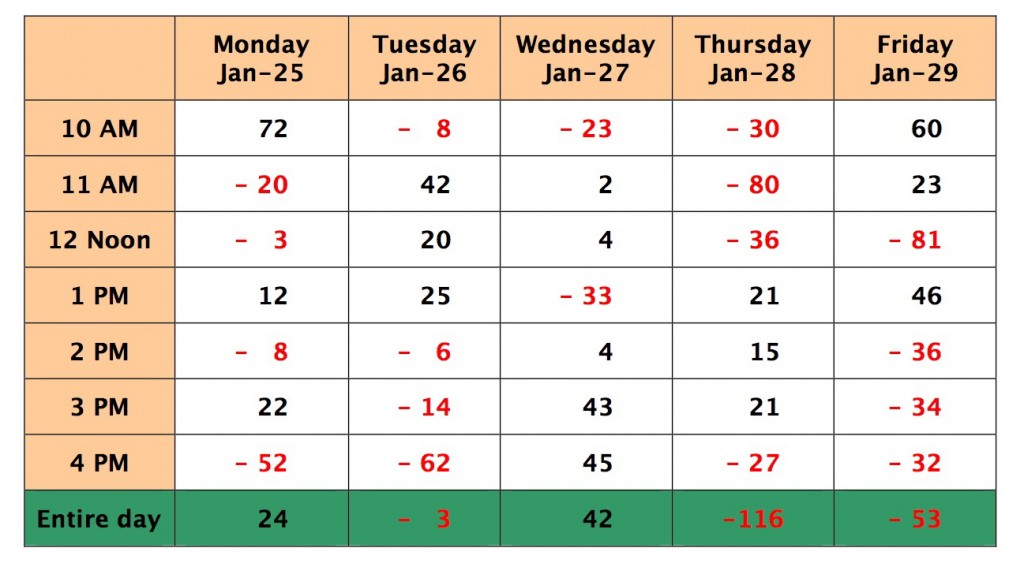Stay Close to Your Investments – But Not Too Close
 Don’t be a fair weather investor, staying too close to your investments in sunny times and ignoring them when the storms come. Investors, when optimistic, commonly check investment prices and news frequently. Then, when pessimistic, they let their statements pile up, unopened. Ignoring your investments can be problematic, but being overly attentive can be detrimental as well. It’s this latter activity that I want to address.
Don’t be a fair weather investor, staying too close to your investments in sunny times and ignoring them when the storms come. Investors, when optimistic, commonly check investment prices and news frequently. Then, when pessimistic, they let their statements pile up, unopened. Ignoring your investments can be problematic, but being overly attentive can be detrimental as well. It’s this latter activity that I want to address.
One idiom that does not apply to investing is “A watched pot never boils.” Stock investors face the opposite problem – a watched market seems to constantly boil. As a result, studies show that investors who track the stock market closely tend to have an inflated view of risk. My experiences bear that out…
In my first years of investing, I had a fairly active strategy and kept up with the market’s moves and news. Then, when I became a broker, we were told not to spend the day watching the tape – a habit that seemed to be productive, but was actually more entertainment than valuable. I followed the instructions and was surprised that my feel for the stock market improved. My sense was that I had risen above the noise and could see better what was happening.
Since then, I have followed that practice with the following process:
I look at market prices only once – after the close. That gives me just five prices in a normal week, spaced 24 hours apart. By skipping those quick looks in the middle of a trading day, I avoid ending the week with a confusing plethora of prices in my head and no real sense of cause and effect.
I look at the prices at the same time each day. I find my morning read of The Wall Street Journal is perfect. Doing so gives me a psychological lift from knowing that yesterday is past and the new day is starting. Also, the morning’s reports provide better and more complete commentary about the previous day’s results.
When I do analysis, I prefer not to use daily data. A piece of news that captures the market’s attention one day can dissipate the next, creating meaningless gyrations.. Also, depending on the market environment, day traders can cause short-term bumps. Weekly data is good because short-term traders typically close out their positions by Friday’s close. (They don’t want to hold positions over the weekend’s two days with the market being closed.) I have seen many Fridays counterbalance the previous four days’ movements.
How important have these steps been? For me, they provide the right flow of information for understanding the trends at work.
Perhaps it would help to look at last week’s price movements in the Dow Jones Industrial Average (DJIA). The market index was down 106 points for the week. Now look at the hourly and daily numbers. Lots of noise there, but not much information.





